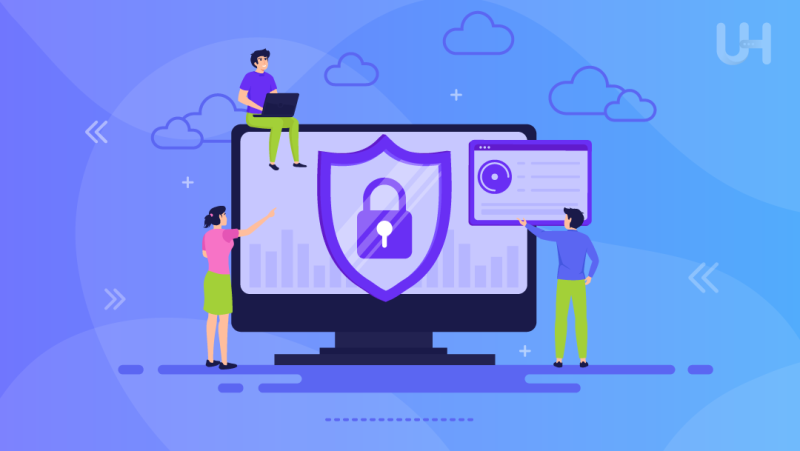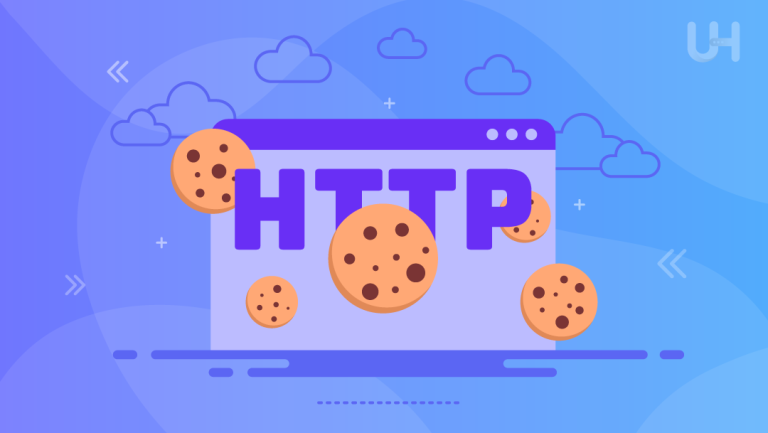In 2024, website security is more critical than ever. With cyber threats continually evolving, it is essential for businesses and individuals to implement robust security measures to protect sensitive data and maintain user trust.
This article covers essential tips and best practices for ensuring website security in 2024, providing a comprehensive guide to safeguarding your online presence.
Why Website Security Matters
Website security is crucial for both businesses and individuals. Cyber threats can lead to data breaches, financial loss, and damage to reputation. For businesses, a security breach can result in significant legal and financial consequences. According to recent statistics, cyber-attacks have increased by 15% in the past year, highlighting the urgent need for effective security measures. For more insights on the importance of website security, check out the comprehensive analysis by Ray Whilliams at experiencetheblog.com.
Implementing HTTPS
Implementing HTTPS is one of the most fundamental steps in securing your website. HTTPS encrypts data transmitted between the user’s browser and the server, ensuring that sensitive information remains confidential and protected from interception.
Steps to Implement HTTPS
To implement HTTPS on your website, follow these steps. First, acquire an SSL certificate from a trusted certificate authority. Next, install the SSL certificate on your server by following the instructions provided by your hosting provider. Then, update your server configuration to enforce HTTPS and redirect HTTP traffic to HTTPS. Finally, ensure all internal links use HTTPS to avoid mixed content warnings.
Benefits of HTTPS
Implementing HTTPS offers several benefits, including enhanced security, SEO advantages, and increased user trust. HTTPS encrypts data to protect against eavesdropping and man-in-the-middle attacks, which is crucial for maintaining the confidentiality of user information. Additionally, Google favors HTTPS websites in search rankings, providing a significant SEO boost. Users are also more likely to trust and engage with secure websites, leading to improved user experience and loyalty.
Regular Software Updates
Keeping all software up to date is vital for website security. Software updates often include patches for known vulnerabilities, reducing the risk of exploitation.
Creating an Update Schedule
To create an effective update schedule, assess the criticality of each update and prioritize them based on the severity of the vulnerabilities addressed. Schedule regular checks for updates on a weekly or bi-weekly basis and document all changes to maintain a clear update history. This approach ensures that your software remains secure and up to date.
Automating Updates
Automating updates can ensure timely application of security patches. Consider using tools and services such as CMS (Content Management System) auto-update plugins and managed hosting services. Many CMS platforms offer plugins to automate updates, while some hosting providers include automated updates as part of their service packages, helping to streamline the process and reduce the risk of human error.
Strong Password Policies
Implementing strong password policies is essential to protect user accounts from unauthorized access. Encourage the use of complex passwords and regular password changes.
Multi-Factor Authentication
Multi-Factor Authentication (MFA) adds an extra layer of security by requiring users to provide additional verification, such as a code sent to their phone or an authentication app — many organizations implement dedicated otp verification services to deliver short-lived, secure one-time codes.
Password Managers
Password managers help users create and store complex passwords securely. Popular options include LastPass, 1Password, and Dashlane. These tools generate strong, unique passwords for each account and store them securely, making it easier for users to maintain high security standards without the need to remember multiple passwords.
Regular Backups

Regular backups are crucial for data recovery in case of a security breach or data loss. Implementing a robust backup strategy ensures that your data is always protected.
Backup Strategies
Different backup strategies include full backups, incremental backups, and differential backups. Full backups involve creating a complete backup of all data, typically performed on a weekly basis. Incremental backups only include data that has changed since the last backup, reducing storage requirements and backup time. Differential backups capture all changes since the last full backup, providing a balance between the two approaches.
Storing Backups Securely
To store backups securely, consider offsite storage options to protect against local disasters. Additionally, encrypt backups to ensure data confidentiality during storage and transfer. These measures help safeguard your data and ensure its availability in case of an emergency.
Secure Hosting Environment
Choosing a secure hosting provider is fundamental for website security. Look for providers that offer robust security features and regular security audits.
Features of Secure Hosting
Key features of secure hosting include firewalls, DDoS protection, and regular security audits. Firewalls help protect your server from unauthorized access, while DDoS protection mitigates the impact of distributed denial-of-service attacks. Regular security audits ensure that the hosting environment is continuously monitored and improved to address emerging threats.
Hosting Providers
When evaluating hosting providers, consider their security measures, support services, and reputation. Ask potential providers about the specific security measures they have in place, whether they offer 24/7 support for security issues, and their track record for security. These factors will help you choose a provider that meets your security needs.
Monitoring and Incident Response
Continuous monitoring and having an incident response plan are critical for identifying and responding to security threats promptly.
Setting Up Monitoring Tools
Implement monitoring tools such as Intrusion Detection Systems (IDS) and Security Information and Event Management (SIEM) systems. IDS monitor for suspicious activity, while SIEM systems collect and analyze security data in real-time, providing comprehensive visibility into potential threats.
Creating an Incident Response Plan
To create an effective incident response plan, identify key personnel and assign roles and responsibilities for incident response. Define the procedures to follow in case of a security incident and conduct regular drills to ensure preparedness. An effective incident response plan helps minimize the impact of security breaches and ensures a swift recovery.
Conclusion
In summary, website security in 2024 requires a multifaceted approach. By implementing HTTPS, keeping software updated, enforcing strong password policies, performing regular backups, choosing a secure hosting provider, and maintaining continuous monitoring and incident response plans, you can significantly enhance your website’s security. Taking these proactive measures will protect your website from evolving threats and ensure a secure online presence.
For an extra layer of protection, consider investing in a DDoS-protected VPS from Ultahost to safeguard your site against malicious attacks and ensure uninterrupted service. Stay proactive, stay secure!









